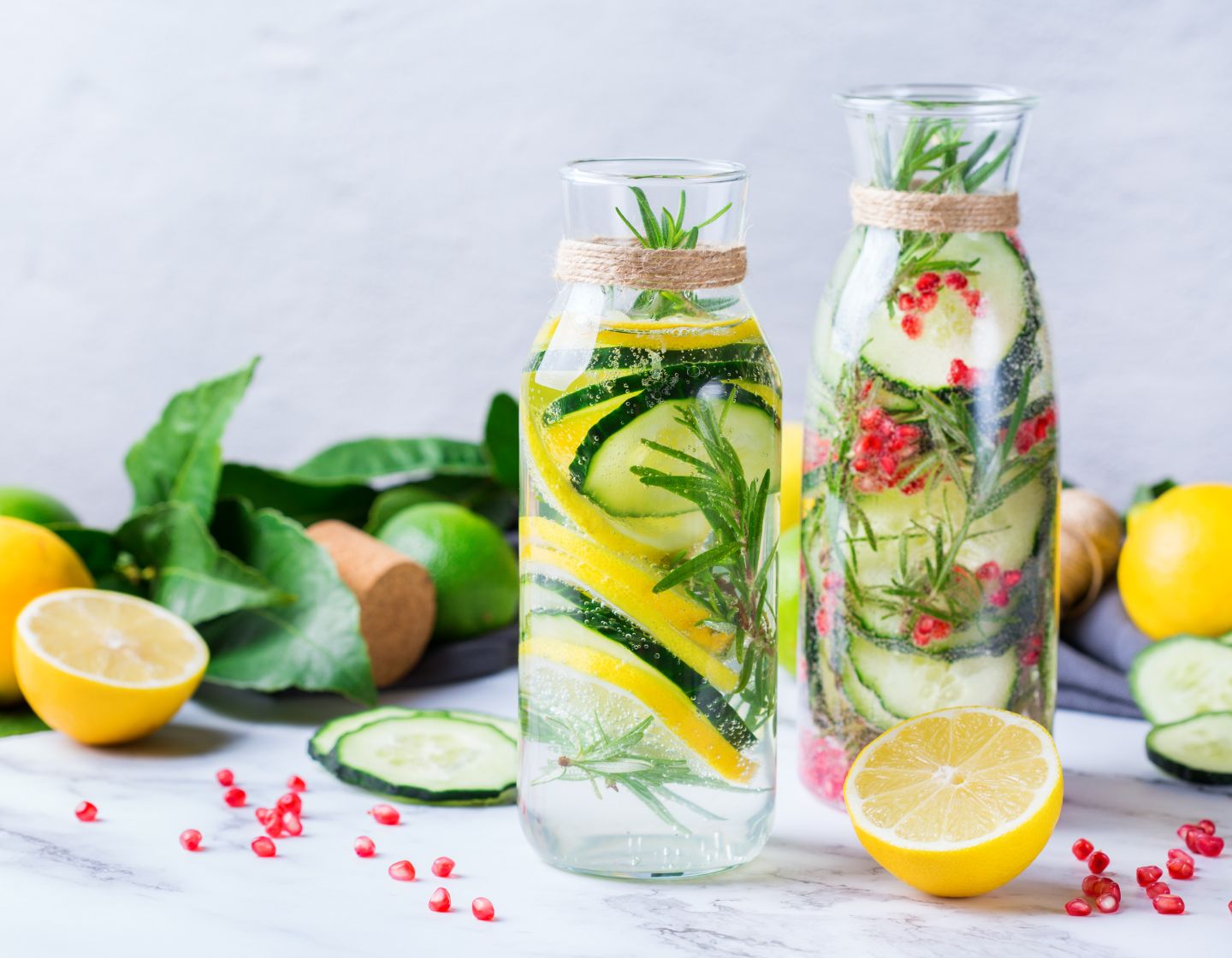
A Bartender Guide to Infusion
Infusion has transitioned into bartending, producing innovative flavor combinations. Learn how to enhance your cocktail creation with this technique.
Author: Diageo Bar Academy
Estimated reading time: 5 mins
What is infusion?
Infusing alcohol with herbs, spices, nuts, roots and bark dates back to early civilization. Alcohol is much more effective at extracting aromatic compounds than water. It has been the primary method for creating medicines, perfumes and beverages for centuries, with many of today’s most famous liqueurs stemming from this practice. When we look at today’s alcoholic beverages, virtually every category, from gin to tequila, uses alcohol infusion to create a more complex final product, and this practice has transitioned into the bartender’s creative mindset. The methods of infusing alcohol have become more advanced in recent years.
Still, when used correctly, each can create innovative flavor combinations and produce various homemade spirits and liqueurs. Join us on this journey into the aromatic and delightful world of infusion in cocktails.
Understanding Infusion
Infusion, in the realm of mixology, is extracting flavors and aromatic compounds from ingredients, such as herbs, fruits, spices, and botanicals, into a solvent, usually a spirit. Over time, the spirit imbibes the essence of these ingredients, resulting in a flavored spirit that carries the depth and complexity of the infusing agents.
Essential Tools for Infusion
Sealable Glass Jars: These containers allow the ingredients to be submerged in the spirit and being airtight, ensure the flavors meld without outside interference.
Fine Strainers and Cheesecloth: Vital for separating the infused spirit from the solid ingredients post-infusion.
Muddlers and Mortars and Pestles: Useful for gently crushing herbs or fruits to release their flavours more efficiently.
Techniques and Best Practices
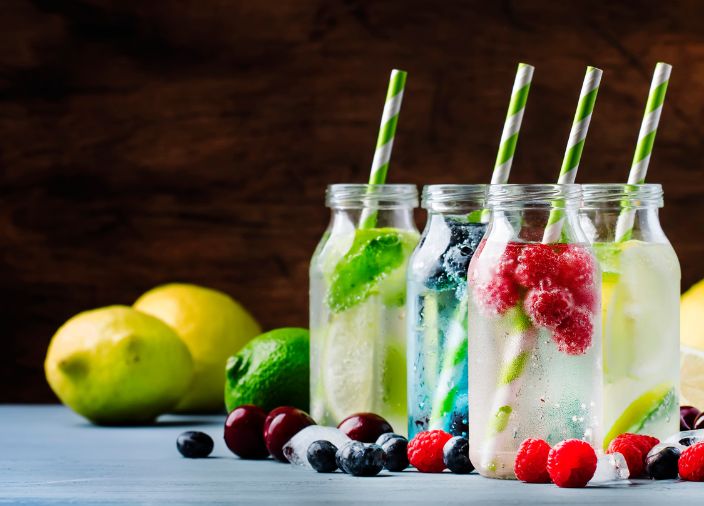
Techniques and Best Practices
Choosing Ingredients: The possibilities are endless – from the zestiness of citrus peels, the warmth of cinnamon and cloves, the herbaceous notes of basil and rosemary, to the sweet profiles of fruits. Fatty ingredients like butter, oils and even bacon can also be infused (although a specialized technique called Fat Washing must be used).
Duration of Infusion: While some ingredients, like chill peppers, may take just hours, others, such as vanilla pods or certain fruits, could require days or weeks. It's crucial to taste the infusion periodically to achieve the desired intensity.
Ingredient Preparation: Ingredients should be fresh and thoroughly cleaned.Some, like fruits, can be sliced to increase surface area, while others, like herbs, might be muddled gently to release their essential oils.
The Ratio of Spirit to Ingredient: A higher volume of spirit may dilute the flavor intensity. Balancing the quantity of the spirit with the ingredient ensures optimal flavor extraction.
Storage Conditions: Infusions should be stored in a cool, dark place to protect the flavors and maintain the quality of the spirit.
The Art of Infused Cocktails
Infusions open a realm of possibilities:
Spice-infused Vodka: Imagine the warmth of star anise or the kick of black pepper, transforming the neutral profile of vodka.
Herbaceous Gins: Elevating the botanical nature of gin with fresh herbs like coriander or tarragon.
Tropical Rums: Imbuing rum with the sunny mango, pineapple, or coconut flavors.
Whisky Wonders: Whisky infused with coffee beans, dark chocolate, or even smoky bacon.
Beginner: Maceration
One of the easiest methods of infusing alcohol is to immerse the ingredients in your chosen spirit, known as maceration. This straightforward process can be done in a bar, using only a few glass jars and a lot of patience. Over time, the alcohol will slowly absorb the aromatic compounds of the ingredients. The beauty of maceration is that it is done at room temperature, so it can extract flavors from delicate fruits and flowers without breaking down or ‘stewing’ them
Watch Now
Intermediate: Sous Vide
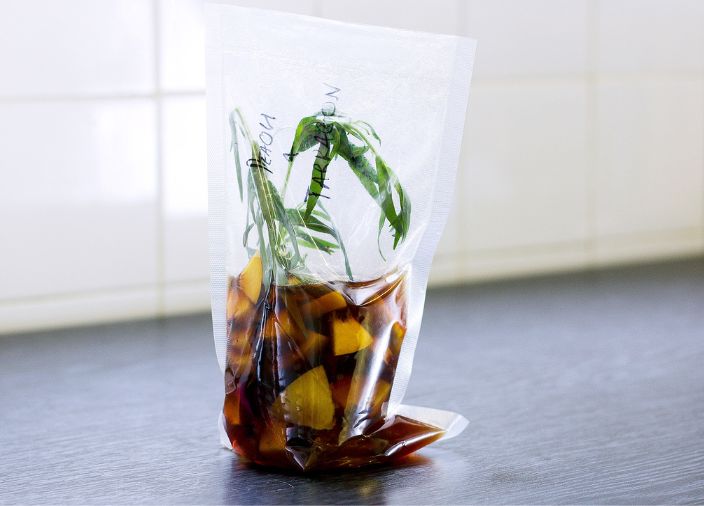
Intermediate: Sous Vide
Sous vide, or “under vacuum”, is a technique of infusing alcohol that has become increasingly popular amongst bartenders, as it quickly produces high-quality infusions at a relatively low cost.
Sous vide consists of cooking ingredients that have been vacuumed together in a constant temperature water bath over a set period. This can be done by placing a vacuum-sealed bag in a water bath or container with a temperature-controlled steam environment, but the best way to do it is using a precision cooker.
The benefit of this technique is that the higher temperature increases the infusion rate, so a bartender can have infused drinks ready within hours!
Advanced: Nitrogen Cavitation
Advanced: Nitrogen Cavitation
Nitrogen cavitation or flash infusion is a process that uses pressure to extract flavor from ingredients. Applying pressure to the maceration of alcohol with roots or spices forces the liquid into cavities and increases the surface area ratio, increasing the infusion rate of alcohol.
This method is an excellent compromise between the maceration and sous vide techniques as it is rapid and works at room temperature, making it suitable for more delicate ingredients. This method of infusing alcohol is best when extracting aromas and flavors from roots such as ginger, cacao or chilies. This can be done using an ISI cream whipper and nitrous oxide canisters.
Key Takeaways
Infusion is a method used since early civilization which, in mixology terms, is extracting flavors and aromatic compounds from ingredients, such as herbs, fruits, spices, and botanicals, into a solvent, usually a spirit.
Virtually every category, from gin to tequila, uses alcohol infusion to create a more complex final product, and this practice has transitioned into the bartender’s creative mindset.
From maceration to nitrogen cavitation, techniques used for infusion range from beginner to more advanced level.
Different tools for infusion can include sealable glass jars, fine strainers and cheesecloth or muddlers and mortars and pestles.
Infusion opens up a world of flavor possibilities, including spice-infused vodka; herbaceous gins; tropical rums and whisky wonders.
RELATED CONTENT
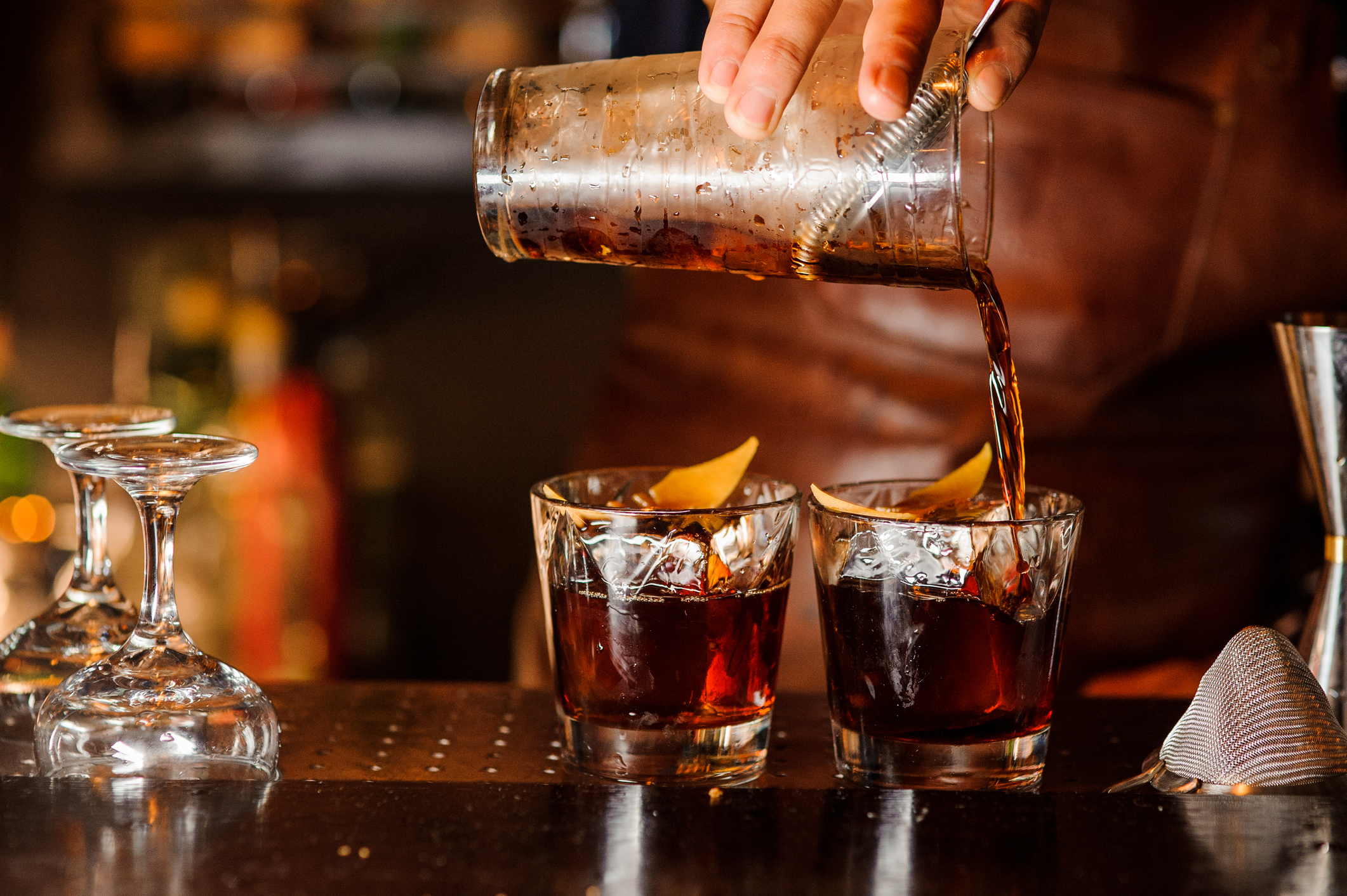
A Bartending Guide to Glassware
Glassware is a staple in any bar and an important part of elevating the customer experience. Take a deeper dive into the world of drinking glasses.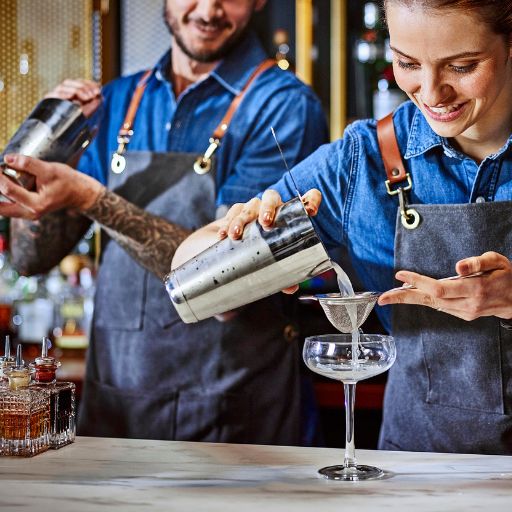
Bartender Skills and Techniques
Enhance your bartending techniques with online courses, industry expertise and educational articles offering practical step-by-step guidance, tips and tricks.
Summer Served Up: A Guide to Summer Menu Infusions and Cocktail
Check out our Masterclass session with globally renowned chef, Mark Moriarty and 2019 World Class US Bartender of the Year, Katie Renshaw, as they discuss trends and demonstrate innovative recipes and pairings to try in your outlet. This masterclass will provide you with expert tips and knowledge on how to successfully incorporate spirits into simple summer menu features both within recipes and as a complimentary food pairing.
